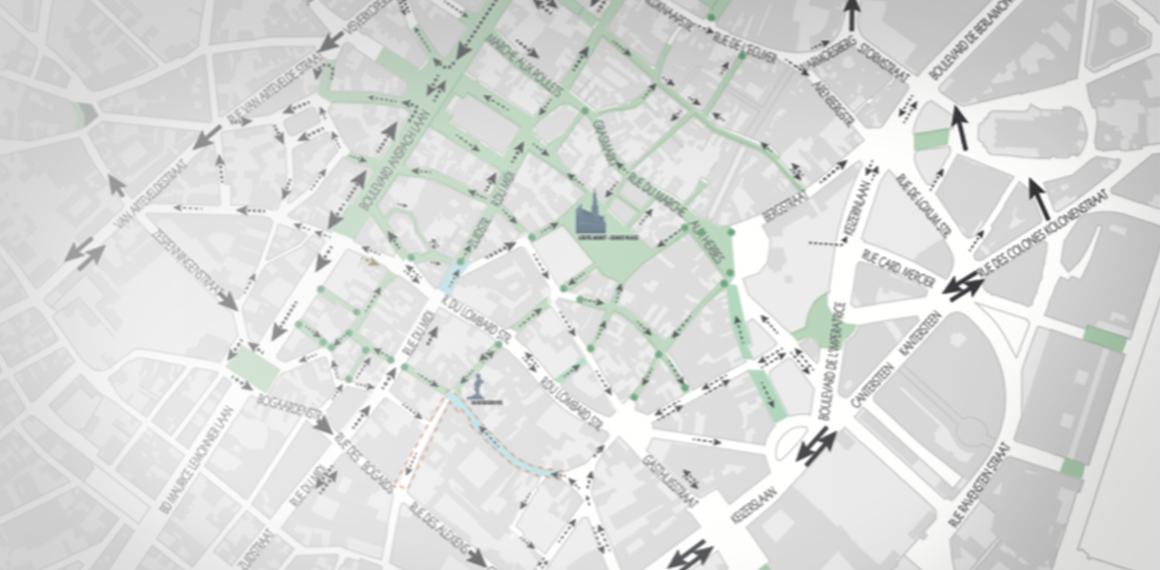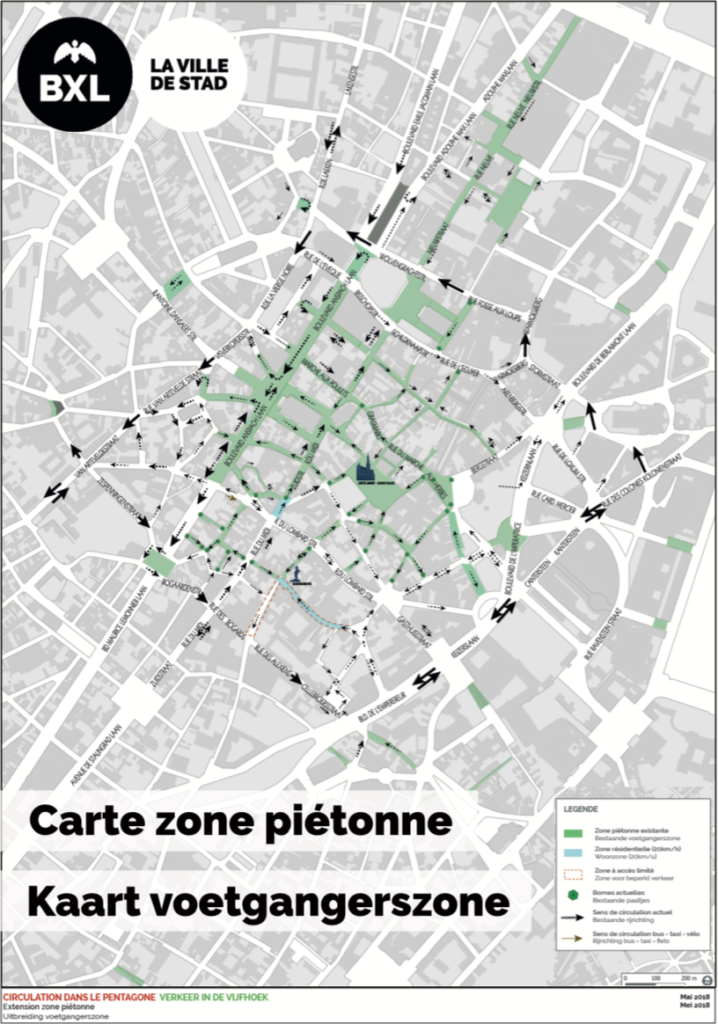
Background
Online panels are unavoidable in science
An individual’s opinion is central to better understanding the needs and behaviours of customers, users of services, and employees. The power of opinion is getting more important in market research. The internet provides a quick and cheap way to collect opinions, which gives online panels an important role in the collection of market oriented data (see regulations ISO26362). Fast and cheap available data also leads to the increased use of online panels for scientific purposes.
How reliable and valid are online panels?
Companies exploiting panels parade with the size of their panels and the subpopulations that are part of it. These two elements support the service they provide: opinions of a representative sample of the population or group in question.
On the contrary, information about the recruitment or entry of panel members is often scarce. This information, however, is essential for knowing the (non-)response rate and make generalised statements about a (sub)population. More information, for example about how often panel members participate successfully and about the quality of their answers, is often lacking as well.
A prerequisite for reliable and valid results is a random sample (f.e. from the National Register). This increases the representativeness of the panel and supports generalised statements about a (sub)populations. At the same time, all decisions and steps in the process of creating a panel need to be documented.
International examples of academic panels
There are a small number of panels in Europe that are managed according to academic standards. Examples are
- LISS panel – Langlopende Internet Studies voor de Sociale wetenschappen – The Netherlands
- GESIS panel – Leibniz-Institute für Sozialwissenschaften – Germany
- ELIPSS panel – Étude Longitudinale par Internet Pour les Sciences Sociales – France
Outside Europe, some leading panels exists. Examples are:
- HILDA panel – Household, Income and Labour Dynamics in Australia – Australia
- ALP panel – American Life Panel – America
- UAS panel – Understanding America Study – America
It is striking that most panels are oriented towards social sciences with a focus on the individual. The HILDA panel is an exception. This panel focusses on the household from an (socio-)economic point of view.
Project BEHAVE
Design and aim
Project BEHAVE combines the need for an academically oriented panel with the focus on expanding knowledge on longitudinal patterns of behaviour. Data on human behaviour will be collected using the MOTUS software platform, both by means of active and passive registration. The project includes an interdisciplinary team and has the following goals:
- Creating a panel in Belgium according to academic principles of reliability and validity;
- Linking this panel to MOTUS, which will serve as the respondent management and research coordination platform;
- Expanding existing methods of active registration (i.e. active involvement of respondent) with methods of passive registration (i.e. using wearables, sensors, and databases linked to MOTUS);
- Focussing on a longitudinal, multidisciplinary, and open source data collection strategy.
Together, these aims make BEHAVE a unique project.
The process
The BEHAVE project exists of three types of partners. Central to the project is a multidisciplinary team of scientists at the VUB, from the department of Social Sciences & Solvay Business Schools, the department of Engineering Sciences, the department of Medicine and Pharmacy, and the department of Physical Education and Physiotherapy. In addition, an open call is done to include other scientific institutes. Finally, third parties can participate as well, as there might be: policy institutions, ngo’s, non-profit organisation, companies, etc. At this moment, 23 third parties have expressed their interest, including the Belgian statistical office (STATBEL).
“The research community needs an academic panel to render reliable and valid opinions of people. This holds both for scientific as well as for market research.”
The academic principles of reliability and validity are priority when creating the BEHAVE panel, as is securing privacy of its panel members.
Aim: at least 5,000 to 10,000 panel members
The project aims to include 5,000 randomly selected respondents in a panel in the first phase of the project. Behavioural research requires a greater effort of respondents than opinion research. This means that large scale studies can at most be repeated every three months. This can be supplemented with studies of a smaller scale. In a second phase, the project aims to increase the size of the panel to 10,000 respondents. Based on the interest and inclusion of other institutions, this number might rise.
Learn more?
The project starts in October 2018 and runs for four years. If you want to learn more about the project and the possibility to be included, contact Joeri Minnen.








